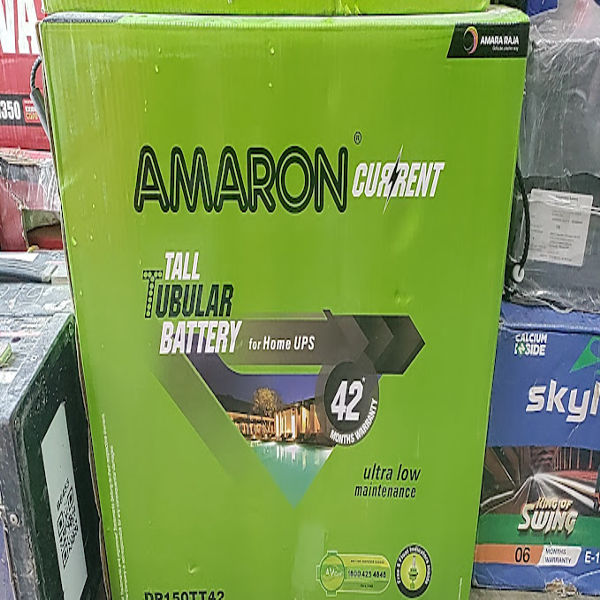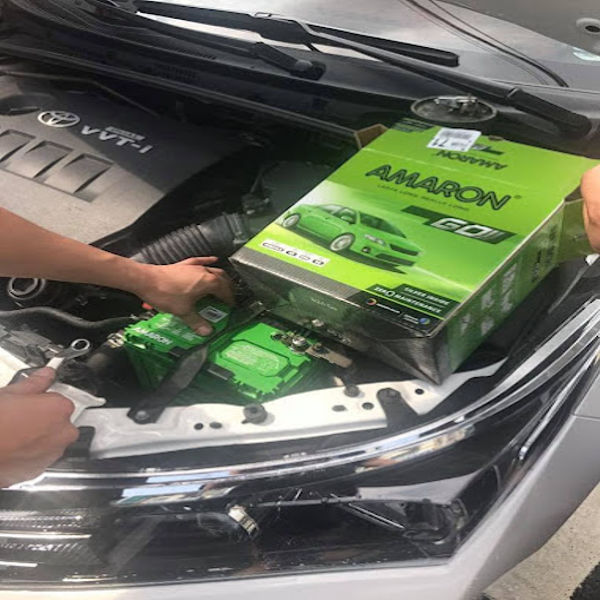Lithium-ion battery repairing services focus on diagnosing, repairing, and refurbishing lithium-ion batteries used in various applications, such as electric vehicles, consumer electronics, and renewable energy systems. Here’s a comprehensive overview of such services: Overview of Services Battery Diagnosis Testing: Assessing the battery's health using specialized equipment to measure voltage, capacity, and internal resistance. Fault Identification: Identifying issues such as cell imbalance, dead cells, or internal short circuits. Repair Services Cell Replacement: Replacing defective cells within a battery pack to restore capacity and performance. Rebalancing: Balancing individual cells to ensure even charging and discharging, which prolongs battery life. Reconditioning: Cleaning and refurbishing battery contacts and connections to improve performance. Battery Management System (BMS) Repair BMS Testing: Checking the functionality of the BMS that monitors and manages the battery’s state. BMS Replacement: Replacing faulty BMS units to ensure safe and efficient battery operation. Battery Pack Rebuilding Repackaging: Rebuilding the entire battery pack, often using new or refurbished cells to increase capacity and lifespan. Re-encapsulation: Ensuring that the battery pack is securely encapsulated and insulated for safety. Data Recovery Data Retrieval: Recovering data from battery management systems or associated devices if they have become corrupted or lost. Common Applications Consumer Electronics: Smartphones, laptops, and tablets. Electric Vehicles: Cars, bikes, and scooters. Power Tools: Drills, saws, and other rechargeable tools. Renewable Energy Systems: Solar storage batteries and backup systems. Medical Devices: Mobility aids, monitoring devices, etc. Benefits of Repairing Lithium-Ion Batteries Cost-Effective: Often cheaper than purchasing a new battery. Environmental Impact: Reduces electronic waste by extending the life of existing batteries. Performance Restoration: Can restore batteries to near-original performance levels. Considerations Safety: Lithium-ion batteries can be hazardous; repairs should only be performed by qualified technicians with appropriate safety measures. Warranty: Check if repairing affects any existing warranty on the device or battery. Service Providers: Look for reputable service providers with good reviews and experience in lithium-ion battery technology. Typical Process Assessment: Customers bring in or ship batteries for assessment. Quote: After diagnosis, a cost estimate for repairs is provided. Repair: Upon approval, repairs are conducted, often within a specified timeframe. Testing: Post-repair testing to ensure the battery is functioning correctly. Return: The repaired battery is returned to the customer with information on care and maintenance. Finding a Service Provider Online Search: Look for local or online repair services specializing in lithium-ion batteries. Certifications: Ensure the service provider is certified and experienced in battery technology. Reviews: Check customer reviews and ratings for quality assurance. Conclusion Lithium-ion battery repairing services provide essential support for maintaining and extending the life of various battery-operated devices. By selecting a qualified service provider, customers can achieve significant savings and environmental benefits while ensuring their devices operate reliably.
Send Message







